Pollen: Why do bees and humans want it?
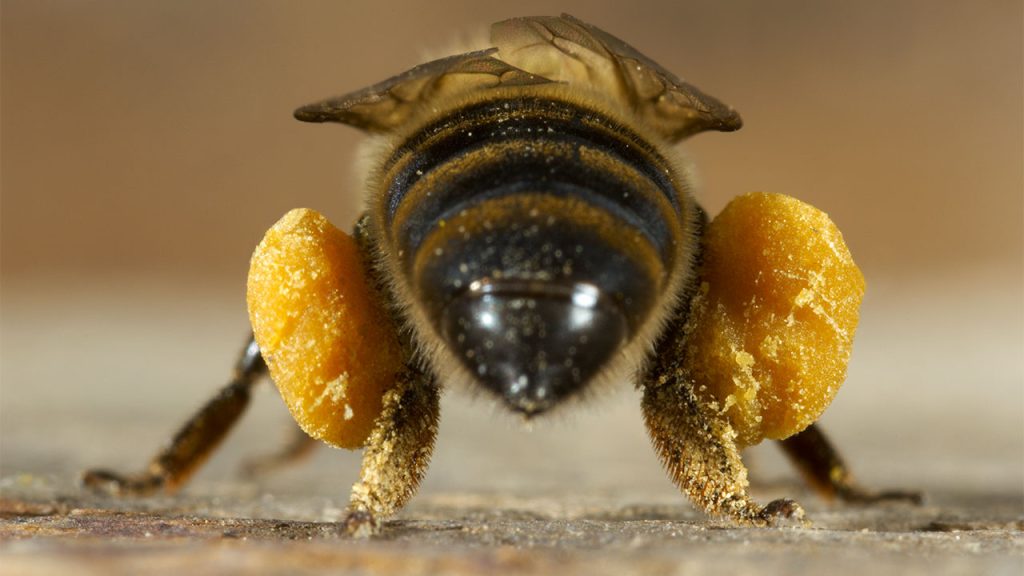
Pollen: What is it? We see pollen coming into the hive packed on the honey bees’ hind legs, we see it as a kaleidoscope of color packed in the cells of a frame of comb, but what is it really and why do the bees collect it. A basic answer is that pollen is the […]
2024-2025 Layens Bee Sources Survey – Part 2
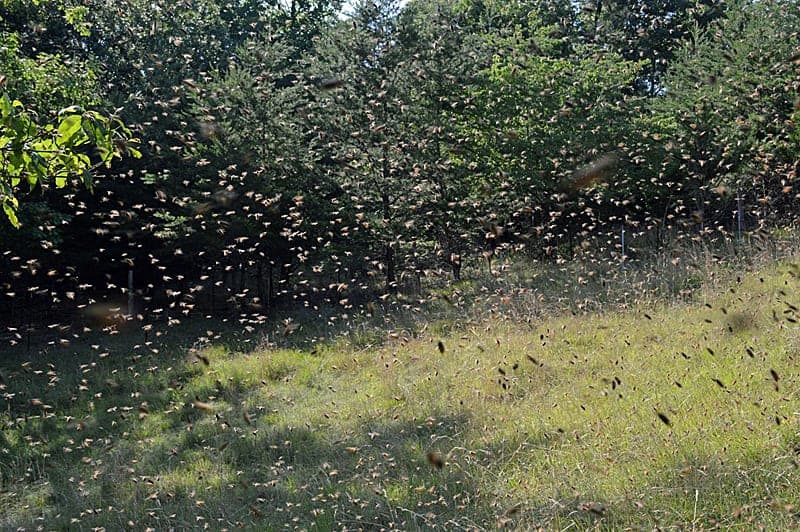
The March 2025 part 1 survey focused exclusively on colony losses over the winter of 2024-2025. The question was how beekeepers faired, using the Layens hive style (26%), in comparison to the extensive 62% colony loss rate reported by commercial Langstroth beekeepers. The intent of part 2 was to dig deeper into the conditions and […]
Splits and Emergency Queen Cells
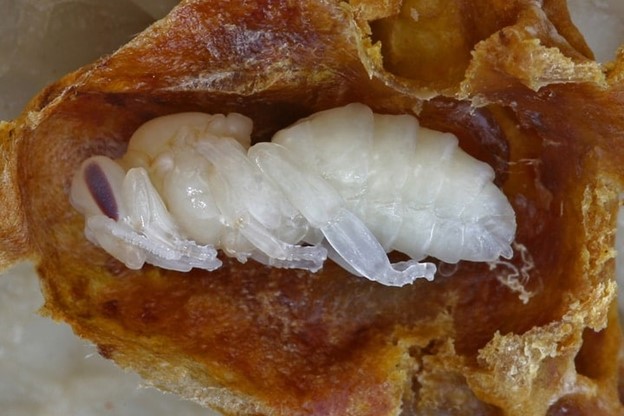
Queens Development All fertilized eggs have the potential to become a queen or a worker, while unfertilized eggs become drones. All eggs hatch into larvae about three days after being laid and all larvae are fed royal jelly exclusively for the first three days after hatching. To be clear the term hatch or hatching is […]
2024-2025 Survey of Layens Hive Winter Losses
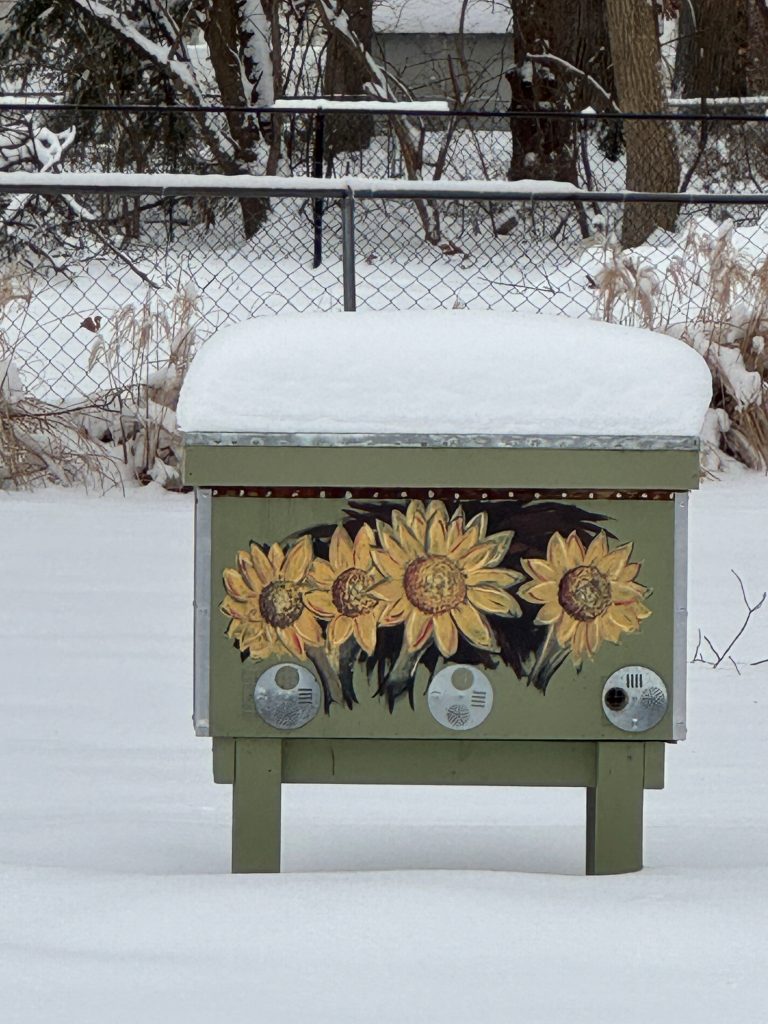
Abstract In reaction to the reports of significant commercial colony losses of between 60-70% during the fall and winter of 2024-2025 Wild Hives, serving backyard beekeepers and those using the Layens hive style, decided to conduct a grassroots survey of interested Layens beekeepers to see what losses they experienced during this same timeframe and what […]
Layens Artificial Swarming: Spring Splits
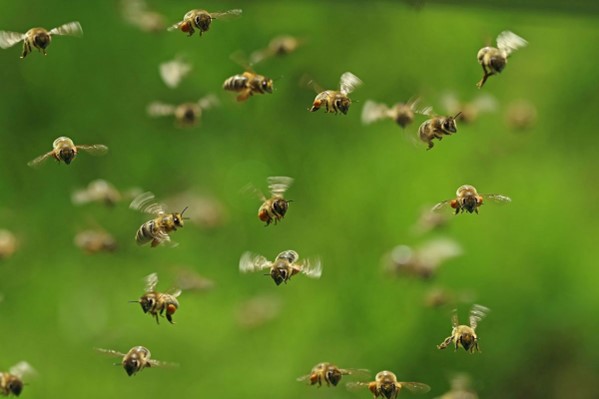
Winter has hopefully ended for most of us and sadly our spring inspections have found a few dead outs but hope springs eternal because we also see colonies collecting resources and beginning the natural spring cycle of brooding up. So we go ahead and get those dead outs cleaned up and put our valuable frames […]
Yes, Hive Insulation Is Good Year-Round – A Deeper Dive

Introduction The honeybee (Apis mellifera) displays advanced regulation of the nest climate, in summer as well as in winter. Thermal homeostasis (thermoregulation) of the colony is especially important for the brood, because honeybee larvae and pupae are extremely stenothermic (surviving only within a narrow temperature range). A brood nest temperature of 93–95 °F/32-36 °C guarantees […]
Understanding Your Local Swarming Process
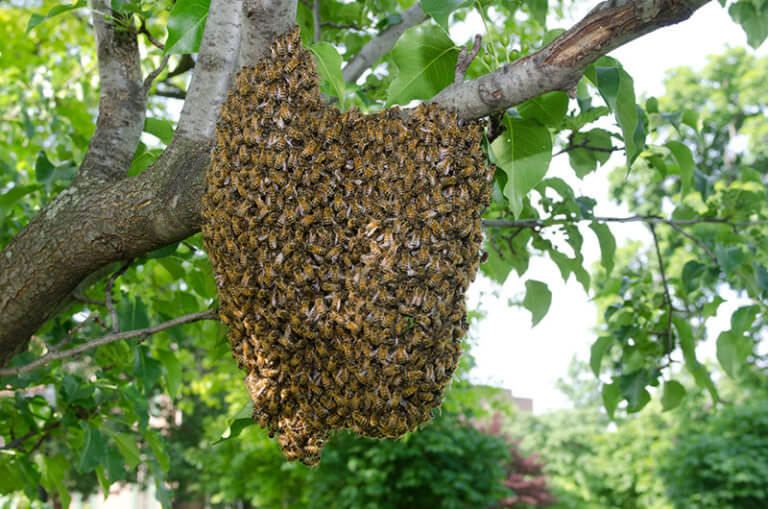
Introduction Below is a summary of the recent research on swarming and topics surrounding its timing and identification. Research articles are always listed at the bottom of the blog for further details. Just below are two links which contain information gleaned from the research and organized into an approximate execution timeline. Consider downloading these two […]
Winter Bees and Their Environment
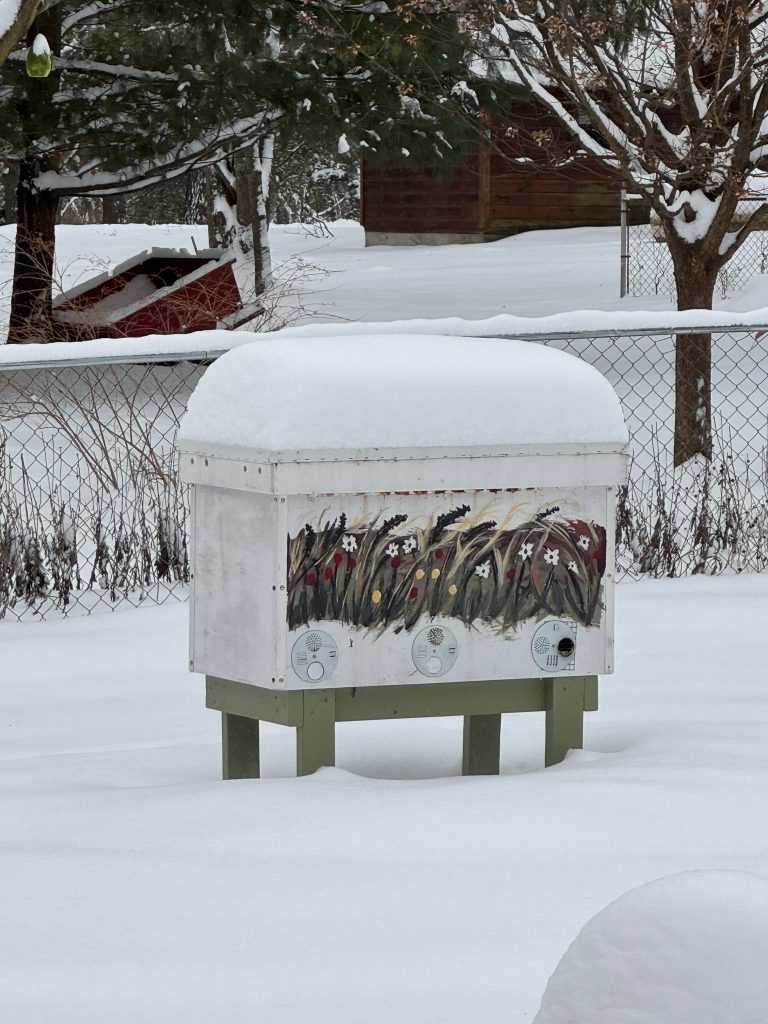
Introduction Honey bee physiology follows an annual cycle, with winter bees living ten times longer than summer bees but annually we continue to see losses particularly at the end of the overwintering period. Several factors arising during the year can contribute to this. For example, climate warming or cooling impacts the lifespan in flies, fish, […]
Epigenetics: Honey Bee’s Gene Response
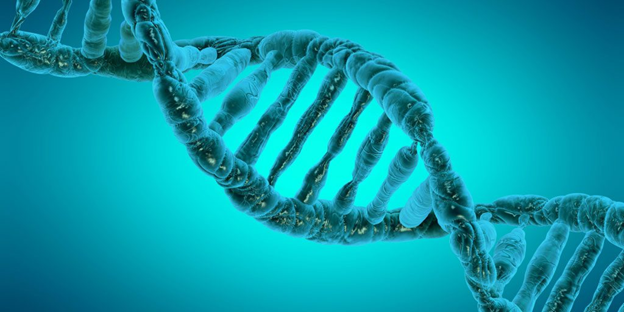
Epigenetics In biology, epigenetics is the study of heritable traits, or a stable change of cell function, that happen without changes to the DNA sequence. The Greek prefix epi- in epigenetics implies features that are “on top of” or “in addition to” the traditional genetic mechanism of inheritance. Epigenetics usually involves a change that is […]
How to Safely Make Frame Shoulders
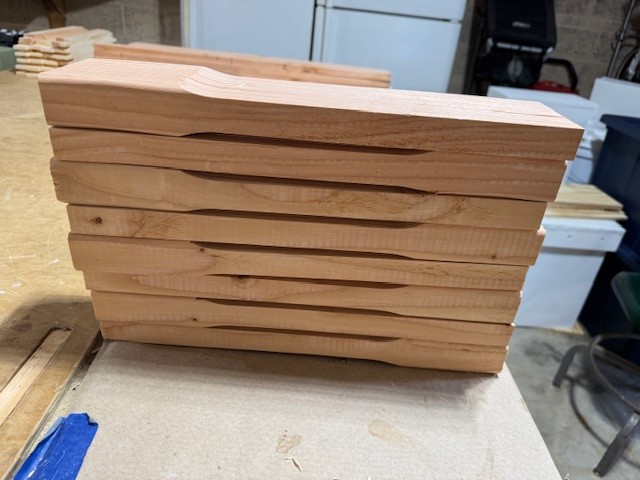
So, you’re a DIYer, Maker, Woodworker, or just someone with a few tools in your garage or basement and you want to create those smooth shoulder cuts on the frame side rails that you see with purchased frames. How do I make those cuts and try to protect my fingers? How do I make the […]